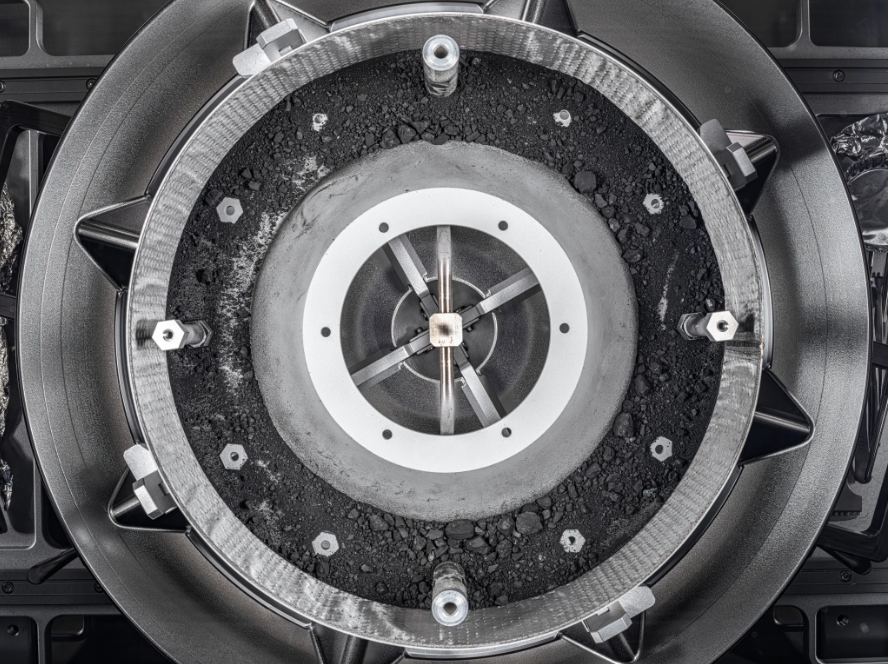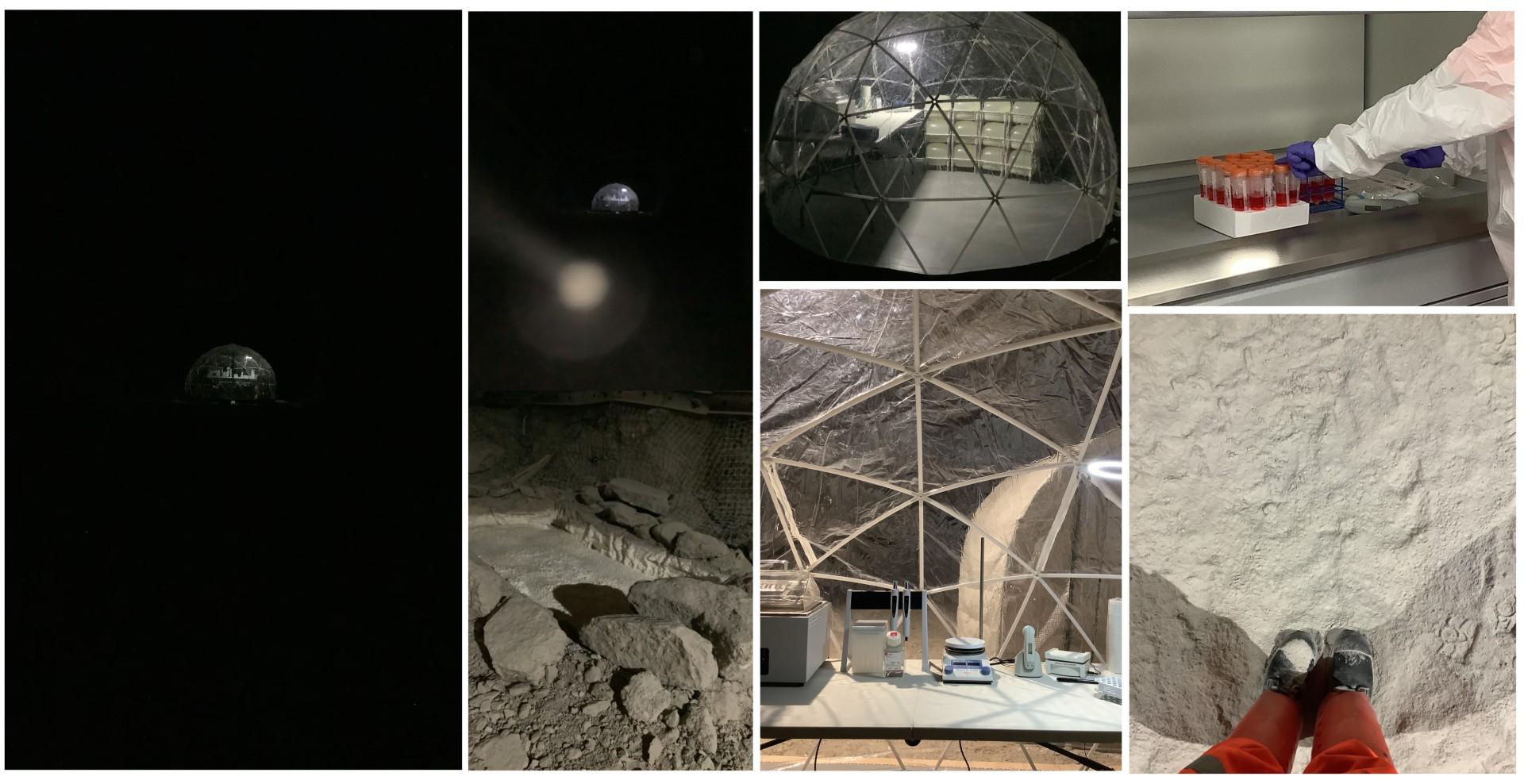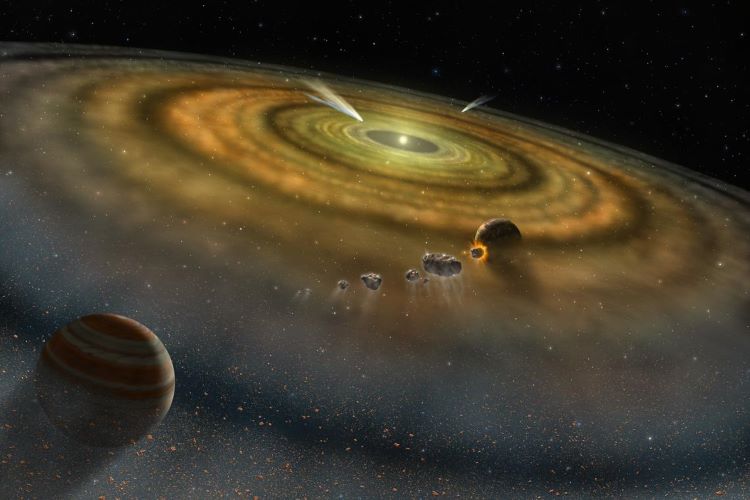Universe Today has had some fantastic discussions with researchers on the importance of studying impact craters, planetary surfaces, exoplanets, astrobiology, solar physics, comets, planetary atmospheres, and planetary geophysics, and how these diverse scientific fields can help researchers and the public better understand the search for life beyond Earth. Here, we will investigate the unique field of cosmochemistry and how it provides researchers with the knowledge pertaining to both our solar system and beyond, including the benefits and challenges, finding life beyond Earth, and suggestive paths for upcoming students who wish to pursue studying cosmochemistry. But what is cosmochemistry and why is it so important to study it?
Continue reading “Cosmochemistry: Why study it? What can it teach us about finding life beyond Earth?”Finally, Let’s Look at the Asteroid Treasure Returned to Earth by OSIRIS-REx

NASA’s OSIRIS-REx delivered its precious cargo to Earth on September 24th, 2023. The sample from asteroid Bennu is contained inside the spacecraft’s sampling head, and it’s in safe hands at NASA’s Johnson Space Center in Houston. Two stubborn fasteners delayed the opening of the sampling head, but they’ve been removed, and now we can see inside.
What looks like unremarkable dirt is primordial asteroidal material that’s billions of years old, a natural treasure trove that eager scientists can’t wait to begin studying.
Continue reading “Finally, Let’s Look at the Asteroid Treasure Returned to Earth by OSIRIS-REx”Researchers Are Building a Simulated Moon/Mars Research Station Deep Underground

In the early days of spaceflight, just getting a satellite into Earth’s orbit was an accomplishment. In our era, landing rovers on other planets and bringing samples home from asteroids is the cutting edge. But the next frontier is rapidly approaching, when astronauts will stay for long periods of time on the Moon and hopefully Mars.
But before we can send people to those dangerous environments, the Artemis partner space agencies have to know how to keep them safe. An important part of that is simulating the conditions on the Moon and Mars.
Continue reading “Researchers Are Building a Simulated Moon/Mars Research Station Deep Underground”
